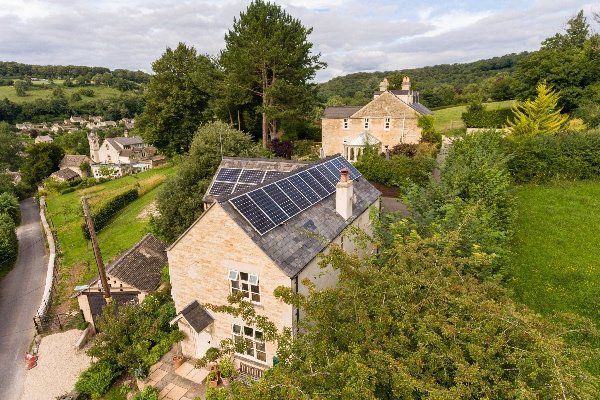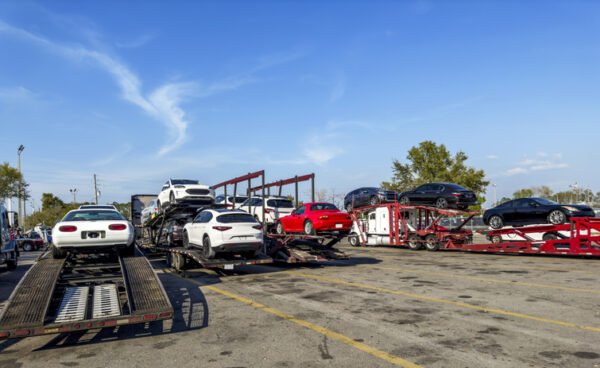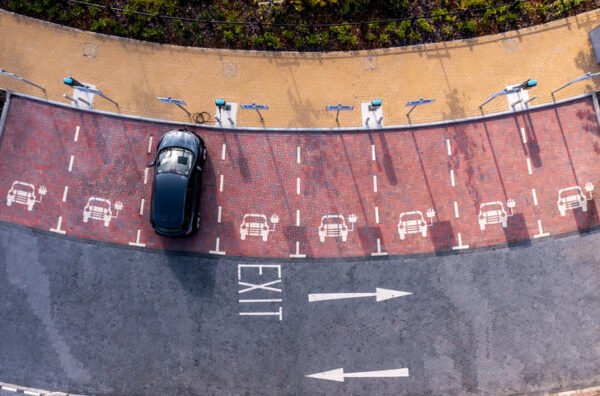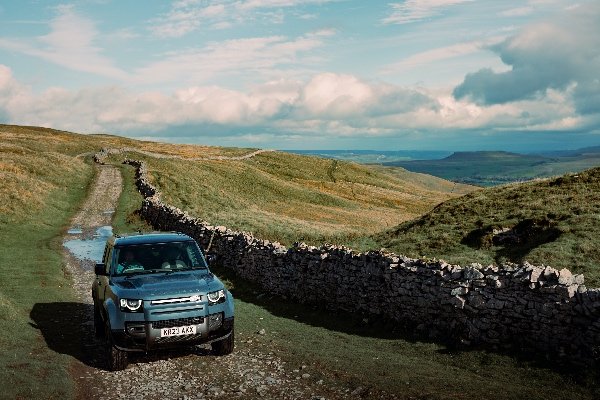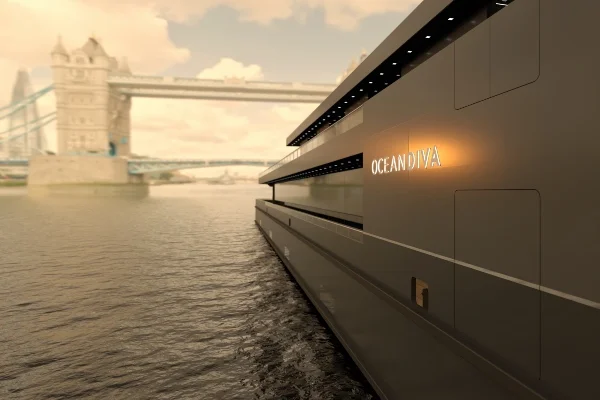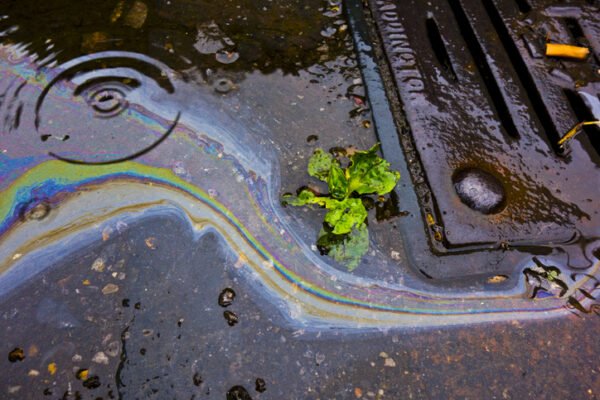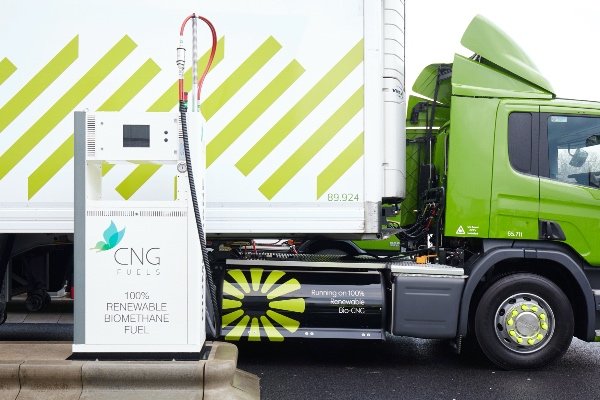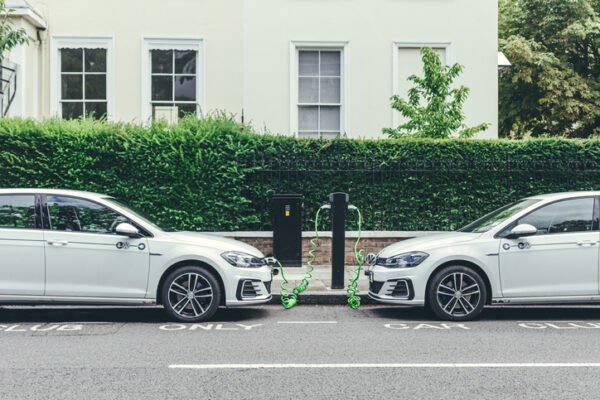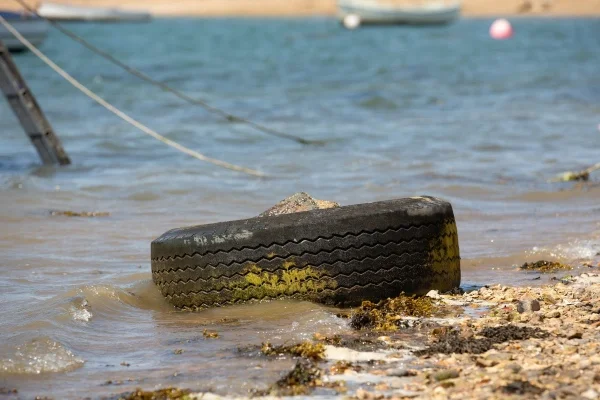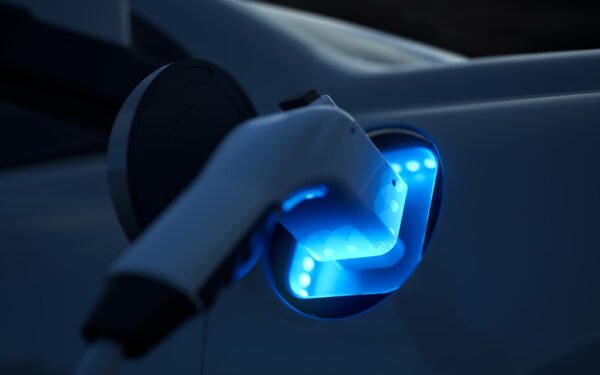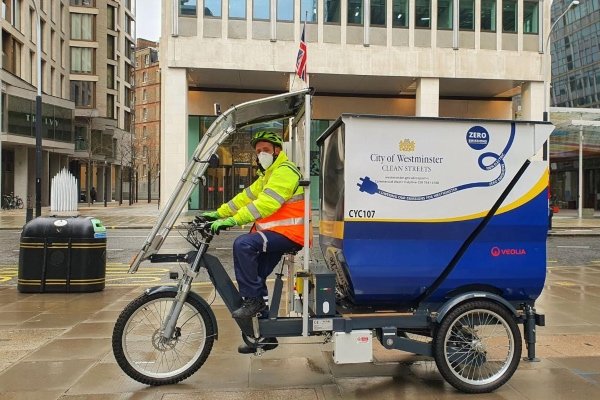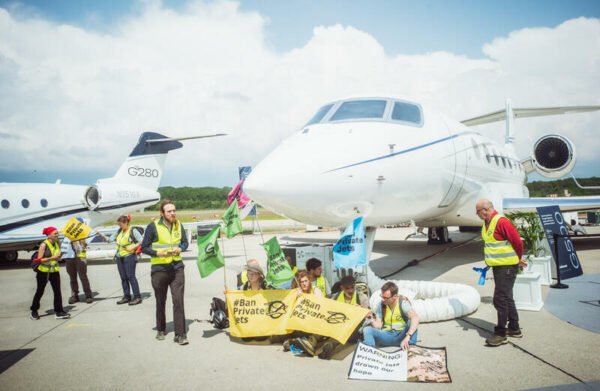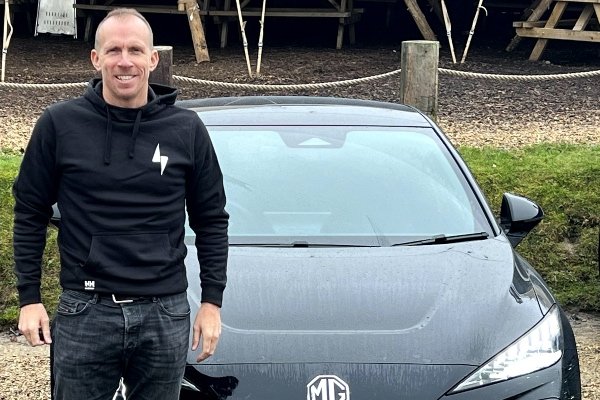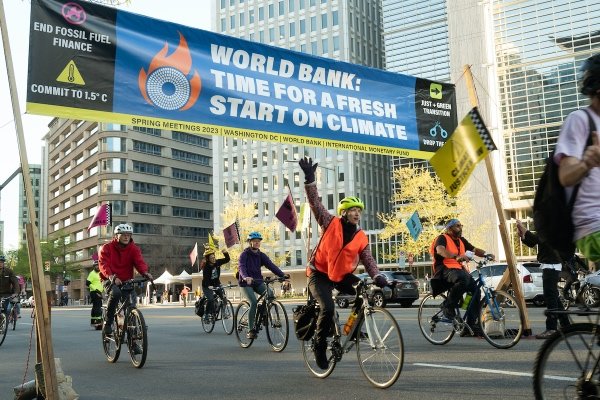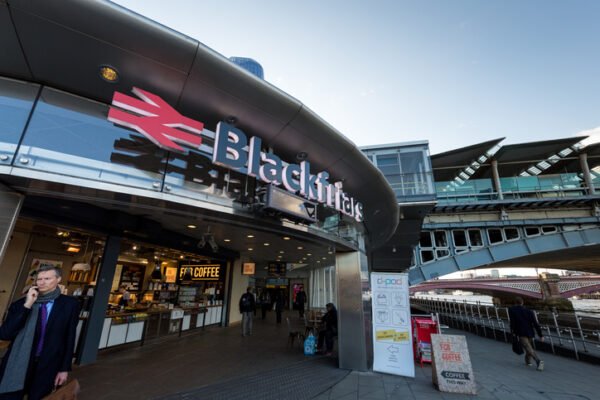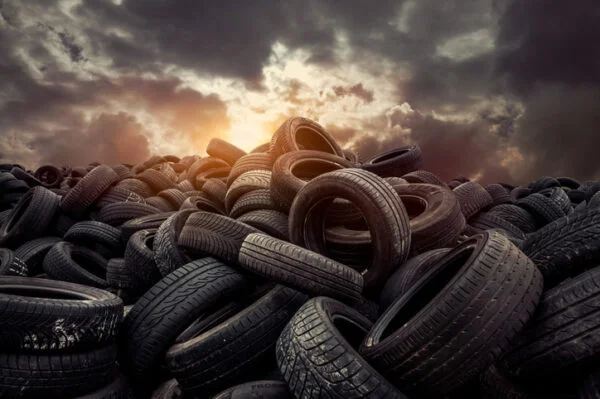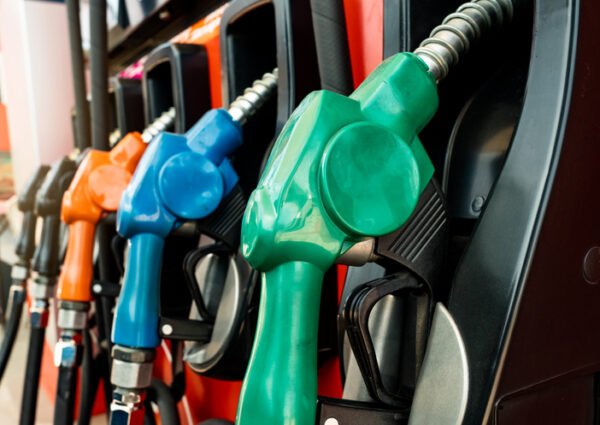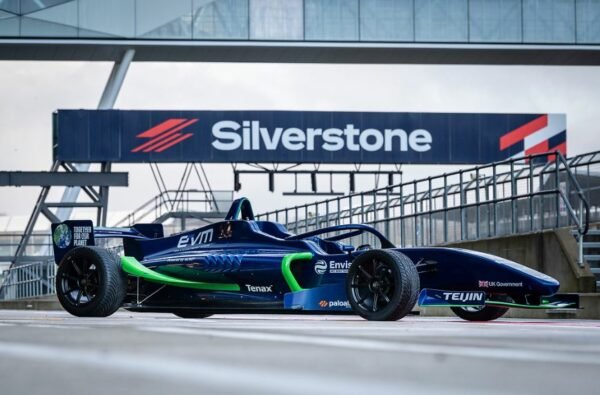Tesla’s original Roadster showed the world that electric cars can be sporty and unbelievably sexy, and since 2012 its Model S has seduced the likes of Brad Pitt and Eva Longoria. If anyone still doubts the potential of electric vehicles, Tesla’s latest move could silence them completely. For ever.
Tesla Motors was founded in 2003 by a group of intrepid Silicon Valley engineers who set out to prove that electric vehicles ‘could be awesome’. Four years after the Roadster was launched, over 2,300 were being driven emissions-free in more than 37 countries, as part of Tesla’s ‘secret plan’ to accelerate the world’s transition to electric mobility.
OK, so it’s not that ‘secret’. ‘Elon Musk, Co-Founder & CEO of Tesla Motors, says, ‘Almost any new technology initially has high unit cost before it can be optimised and this is no less true for electric cars. The strategy of Tesla is to enter at the high end of the market, where customers are prepared to pay a premium, and then drive down market as fast as possible to higher unit volume and lower prices with each successive model.’
Tesla’s strategy is to make each new Tesla launch cheaper than the last. The cash from the luxury Roadster (which are $89k a pop) was ploughed straight back into R&D for the successive Model S, which hit roads in 2012 at roughly half the price of the Roadster. The Model X, expected to launch in the UK in the next couple of years, should be cheaper still.
When someone buys the Tesla Roadster sports car, they are actually helping to pay for the development of a low-cost family car, powered by electricity.
But will Tesla ever be able to keep the cost of production low enough to produce a truly mass market EV?
Enter the Gigafactory
Tesla is building a large scale factory to drive down the cost of lithium ion batteries through economies of scale. By 2020, the Gigafactory’s annual production of lithium ion batteries is expected to be higher than the number produced in 2013. By the entire world. The Gigafactory’s goal is to drive down the per kWh cost of Tesla’s battery pack by more than 30%.
So it seems like Tesla has got the cost issue sorted – and we’re certainly not going to criticise its eye for style or design. But another historical electric car turn-off has been the fear of getting stranded on long journeys or in remote locations.
Last month, Tesla cut the ribbon on its 100th Supercharger station. Superchargers represent the most advanced charging technology in the world, capable of charging the Model S 16 times faster than most public charging stations. To date, they have charged a total of 14,273,033 miles, enough to circle the globe 573 times, and delivered 4.9 million kWh of energy. This adds up to a collective saving of $2.3 million on fuel costs (based on average of $4.015/gallon for Premium fuel).
 Play Video about This Rock Might Just Save The World
Play Video about This Rock Might Just Save The World Play Video about Play 2 hours of rock
Play Video about Play 2 hours of rock Play Video about Play 2 hours of brook
Play Video about Play 2 hours of brook Play Video about Play 2 hours of sheep
Play Video about Play 2 hours of sheep


















